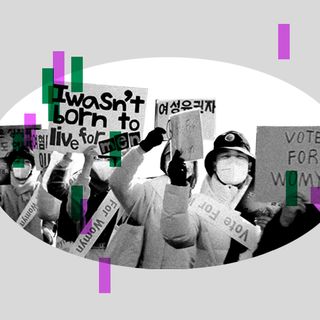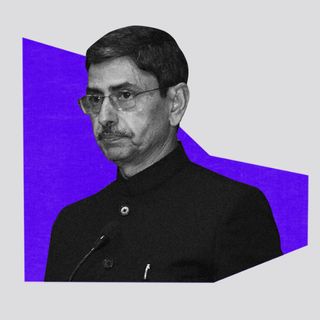Staffers at The New York Times are on the largest strike they’ve been in since 1970. It’s happening concurrently with an academic strike across the Universities of California, which, in turn, is the largest strike in American higher education. 48,900 graduate workers, postdoctoral researchers, and academics are protesting the low wages that the nine-university system offers. It’s the same at Harper Collins, where authors have lent their support to striking staff members. “Your refusal to reach an agreement with the union hurts us, your creators,” read the authors’ letter.
“What we’re seeing is the result of decades of squeezing workers. [Universities are] focusing on their shiny new buildings or sports or their public image and depending more and more on heavily exploited workers to achieve their mission and workers are saying that’s enough,” Rebecca Givan, an associate professor at Rutgers University, toldThe Guardian. “My rent went up 8% last year… So I guess my question is: what is a 2.8% raise doing for me, especially when the company is spending so much on executive salary, stock buybacks and dividends?” NYT senior staff editor Andrea Zagata told BBC.
Across the board, the organizing is against growing precarity in jobs involving the production of public knowledge and discourse. Wages for the work are incommensurate with rising costs of living, the unions say. And in jobs like journalism, publishing, and academia, precarity is a unique economic condition: marked by a perpetual state of anxiety, teetering at the edge of instability. It’s a form of insecurity that not only impacts the material conditions of workers, but also doubles up as an existential problem: what happens when the people working to educate, inform, and disseminate knowledge are unsure of their own future, or the value of their own work?
The strikes come at a time when there’s growing conversation about precarity in academia. Neoliberal university structures, care work, zero-hour contracts, and managerialism are some of the issues pervading universities at an institutional level, leading to greater job insecurity among workers. “Precarity goes beyond contracts: it is an overwhelming sense of dispensability, isolation, and exhaustion that has consequences for every area of one’s life, including how one relates to one’s own intellectual talents,” notes Sidra Shahid, a lecturer.
Related on The Swaddle:
Anganwadi Workers and Helpers are Entitled to Basic Social Security: SC
Precarity is a condition that impacts journalists too — and it has for a while. Recent scholarship adds another layer to thinking about precarity that applies to journalists in the contemporary media landscape: it is a “mechanism of control that determines the temporality of workers, destroying the division between work time and nonwork time, requiring workers not to work all the time but to be constantly available to work.” The digitalization of the media landscape added to this: studies show that the transition from print to digital has left journalists more burnt out due to the obligation for multi-skilling, increased workload, and immediacy of reportage. Many also depend on their families’ income to cushion them — and, unfortunately, not everyone has this privilege.
What workers lose when institutions supporting them are motivated by profit, is autonomy. All this leads to an existential problem facing professions that involve creative or knowledge production (academia) or knowledge-brokering (journalism): the introduction of contractual employment has made workers dispensable, which, in turn, impacts their output. A worker afraid of losing their job would be afraid of displeasing the institution they’re in — for knowledge workers who are critical to public discourse, this is worrying. Moreover, a significant component of knowledge-producing labor involves digital spaces — and this means algorithms and their volatility have begun to add to the precarity.
Job precarity has led to a wave of people leaving journalism, publishing, and academia, in pursuit of more stable employment opportunities. Many report feeling greater peace of mind — but the societal costs of a dwindling knowledge sphere are high. This is especially true of an era characterized by misinformation, distrust in science, disdain of the social sciences, and the death of publishing overall.
Worker strikes across these industries, then, are a way of reclaiming them from the overall disaffection that neoliberal institutions inspire. Importantly, they’re also a way of reinstating value to the work that builds our public sphere, and is essential for its health.




